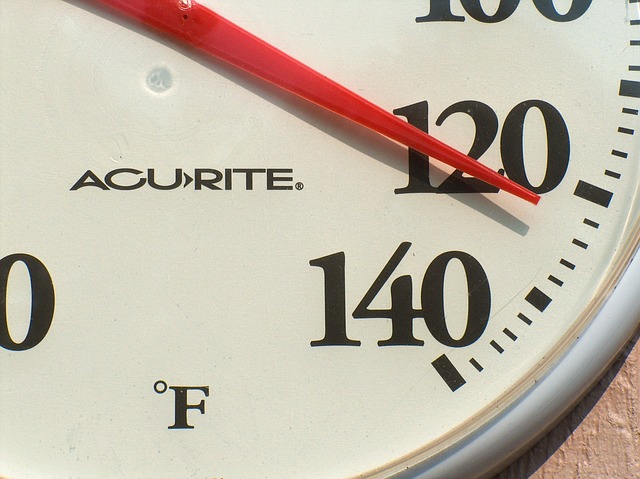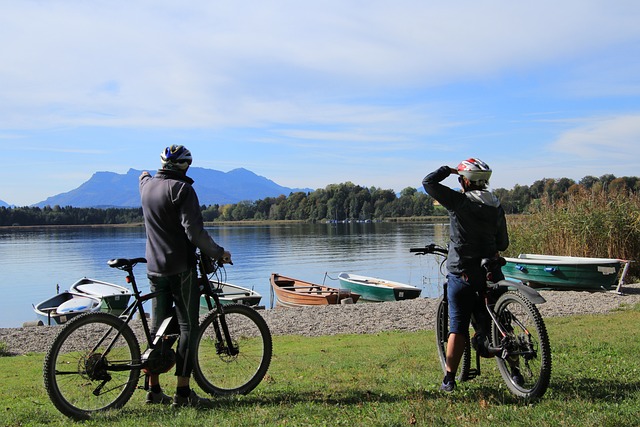Heat Vulnerability in Older Adults
Have you considered the issue of heat vulnerability in older adults? As the summer months approach, it’s crucial to understand how heat can have harmful effects on people over 65. In this article, we talk about some of the reasons why seniors are more susceptible to heat-related illnesses and offer practical advice for staying safe during hot weather.
Why Heat Affects Seniors More
There are multiple reasons why those over 65 are more affected by heat than younger individuals. Some of these reasons include:
Decreased Ability to Regulate Body Temperature
As we age, our bodies become less efficient at regulating temperature. The sweat glands, which help cool the body, become less active, and the ability to sense temperature changes diminishes. This can make it harder for seniors to notice when they are becoming overheated. Additionally, the body’s circulation system can become less responsive, further complicating the body’s natural cooling processes.
Chronic Health Conditions
Many older adults have chronic health conditions such as heart disease, diabetes, or respiratory issues, which can be exacerbated by high temperatures. These conditions can also impair the body’s ability to respond to heat. For example, heart disease can affect the heart’s ability to pump blood effectively, making it harder to disperse heat throughout the body. Similarly, respiratory issues can impede breathing and reduce oxygen flow, both of which are critical for maintaining an optimal body temperature.
Medications
Certain medications commonly prescribed to seniors, such as diuretics, beta-blockers, and antihistamines, can interfere with the body’s ability to stay hydrated and regulate temperature. Diuretics, for instance, increase urine output, which can lead to dehydration. Beta-blockers can reduce blood flow to the skin, impairing heat dissipation, while antihistamines can inhibit sweating, making it harder to cool down.
Recognizing Heat-Related Illnesses
As temperatures rise, it’s crucial for seniors and their families to be aware of the signs and symptoms of heat-related illnesses. Recognizing the early warning signs and knowing how to respond can prevent complications and ensure that seniors stay safe and healthy during the hot summer months. Let’s take a look at the most common heat-related illnesses that affect seniors, their symptoms, and what steps to take if they occur.
Heat Exhaustion
Heat exhaustion is a condition that arises after prolonged exposure to high temperatures, especially when accompanied by dehydration. Symptoms of heat exhaustion include heavy sweating, weakness, dizziness, nausea, headache, muscle cramps, and cold, clammy skin. If not addressed promptly, heat exhaustion can progress to heat stroke, a more severe and potentially life-threatening condition.
Heat Stroke
Heat stroke is a medical emergency characterized by a body temperature above 103°F (39.4°C). Symptoms include confusion, rapid pulse, throbbing headache, nausea, dizziness, and possibly unconsciousness. Heat stroke requires immediate medical attention, as it can cause lasting damage to the brain and other vital organs if not treated promptly. The elderly are particularly vulnerable to heat stroke due to their diminished ability to regulate body temperature and potential presence of chronic health conditions.
Tips for Staying Safe in the Heat
When temperatures soar, it’s essential for seniors to take extra precautions to avoid heat-related illnesses. Simple lifestyle adjustments and proactive measures can make a significant difference in maintaining health and comfort during hot weather and provide protection from heat vulnerability in older adults . Check out these practical tips for staying safe. By following these guidelines, seniors and their families can ensure a safer and more enjoyable summer season.
Stay Hydrated
One of the most important steps in preventing heat-related illnesses is staying hydrated. Seniors should aim to drink plenty of water throughout the day, even if they do not feel thirsty. It’s advisable to avoid beverages with caffeine or alcohol, as these can contribute to dehydration. Carrying a water bottle and setting reminders to drink water can be helpful strategies for maintaining hydration.
Keep Cool
During the hottest parts of the day, typically between 10 a.m. and 4 p.m., it’s best to stay indoors. If air conditioning is available, use it to maintain a cool indoor environment. If air conditioning is not available, consider visiting air-conditioned public places like shopping malls, libraries, or community centers. Using fans can also help circulate air and provide a cooling effect.
Wear Appropriate Clothing
Clothing choices can significantly impact body temperature. Lightweight, loose-fitting, and light-colored clothing helps keep the body cool by allowing air circulation and reflecting sunlight. Wearing a wide-brimmed hat and sunglasses can also provide protection against the sun’s rays and reduce the risk of sunburn, which can further exacerbate heat-related issues.
Plan Ahead
Planning ahead is crucial for staying safe during hot weather. Check the weather forecast and schedule outdoor activities for cooler parts of the day, such as early morning or late evening. Inform family members or friends of your plans, especially if you’ll be spending time outside, so they can check on you if necessary. Additionally, ensure that you have access to plenty of water and shade if you must be outdoors.
How Family Members Can Help
Family members play an important role in safeguarding seniors during hot weather. Heat vulnerability in older adults can be life threatening. Understanding how to assist effectively can make a substantial difference in ensuring the well-being of seniors during the hottest months of the year.
Check In Regularly
Family members play an essential role in ensuring the safety of older adults during heat waves. Regularly check in on older relatives, either in person or via phone, to ensure they are staying cool and hydrated. Be alert for any signs of heat-related illnesses and be prepared to take action if necessary.
Educate and Communicate
Education and clear communication are key to preventing heat-related illnesses. Make sure your loved ones understand the risks associated with high temperatures and the importance of taking preventative measures. Discuss the symptoms of heat exhaustion and heat stroke so they can recognize these conditions early and seek help if needed.
Assist with Arrangements
Helping older family members make necessary arrangements can significantly enhance their safety during hot weather. This can include arranging for air conditioning repairs, providing transportation to cool places, or delivering water and other essentials. Ensuring that their living environment is cool and comfortable can prevent heat-related illnesses.
Ensuring a Safe Summer for Seniors: Key Takeaways
Understanding heat vulnerability in older adults and why heat affects people over 65 more than others is the first step to protecting their health and safety. By recognizing the signs of heat-related illnesses and taking preventative measures, seniors and their families can enjoy a safe and comfortable summer. Stay cool, stay hydrated, and stay informed.
Be sure to visit our online store for programs and guides.
Watch our video here, or watch on our YouTube Channel:
Your questions and comments are always welcome! Contact us to learn more.

